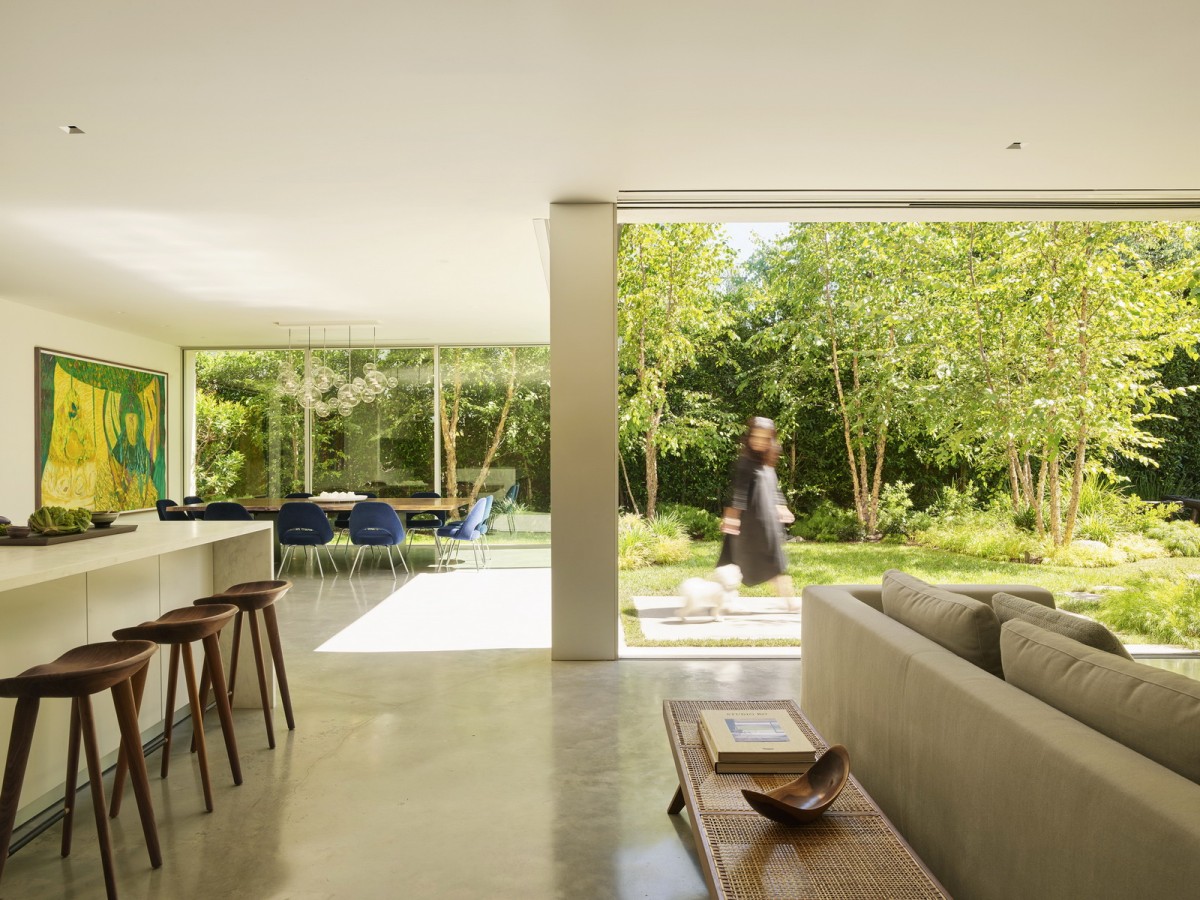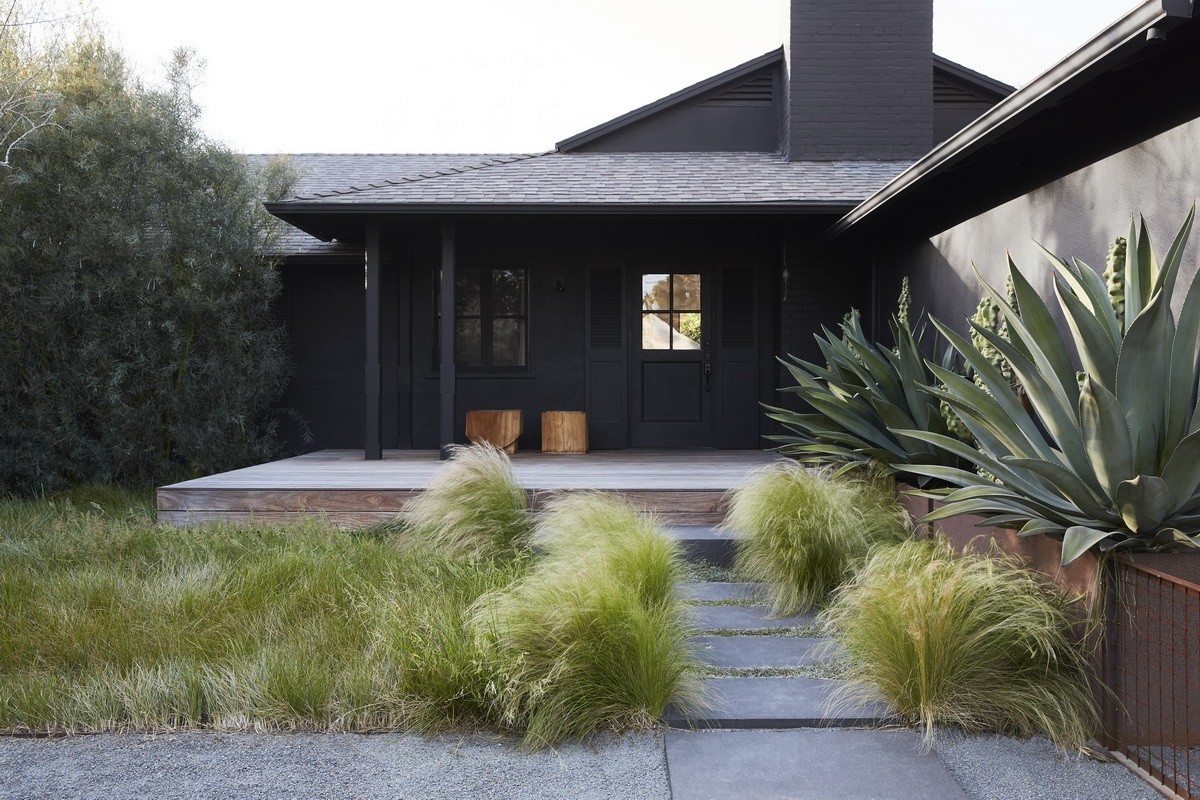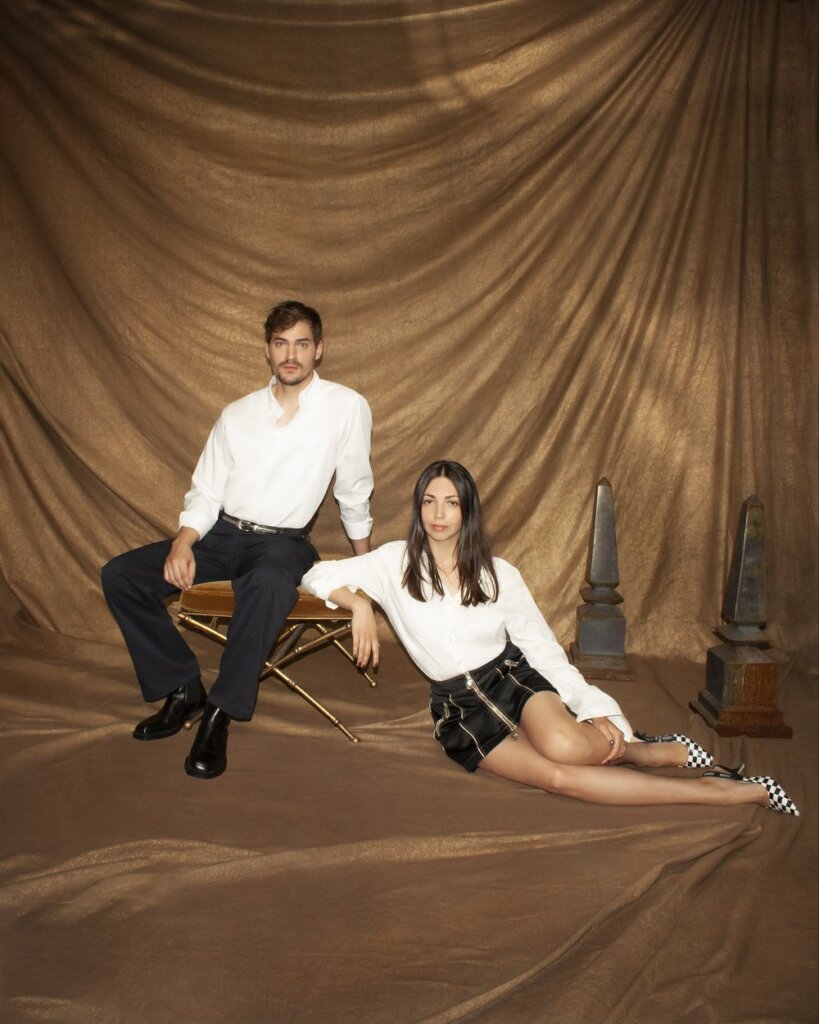
Husband-and-wife duo and co-principals of Southern California-based EYRC Architects Takashi Yanai and Patricia Rhee are the definition of a design power couple. With Takashi heading up the firm’s residential practice and Patricia in the driver seat of the commercial and urban studio, the pair don’t overlap much at work but do in their passions for sustainability, travel, and their own home in Los Angeles.
Tell me about yourselves! How did each of you get into the field of design?
PR: I always had a fondness for making things with my hands. My mother was a watercolor painter and my father was an orthopedic surgeon—both fields of dexterity, control, and craftsmanship. From them, I inherited a drive to draw, cut, and make models. Once I started studying Design of the Environment at Penn, I was addicted—it was the perfect combination of history, drawing, landscape, and building design.
TY: Mine was a meandering path. A very influential professor of mine in the Architecture Department at UC Berkeley was holding court at a cafe one day and told a bunch of freshmen that we should drop out of architecture school, study other things, and travel the world. And that’s exactly what I did. I eventually graduated with a degree in English Literature, and spent some formative years in Tokyo as a design journalist before finally returning to grad school and architecture.
You’re partners in life but also in work. What’s that like? What are each of your roles at EYRC?
PR: The client and building types are quite different between the two of us—my focus is on the design of creative office, civic, and educational projects. Working from home, it’s actually quite nice, to have a “co-worker” in the same house!
TY: But it’s funny because we don’t talk about the work too much at home. And since we work on completely opposite ends of the practice, my studio focusing primarily on residential design, we rarely overlap. We have a strong leadership group that is great at managing the practice together, which allows each of us to focus on our passions — for me, the residential studios both in Los Angeles and San Francisco. It also allows me to be more outward facing with clients and other organizations with which I’m involved.
Sustainability & environmental responsibility are important parts of your practice. What led to those values & how do you make sure you’re considering sustainability in all of your work?
TY: Architecture is all about designing the physical and spatial interface between people and place. And so it’s imperative that we are mindful about how our buildings impact the planet. I think good architecture has always strived to be sustainable. However, today we have better science and tools that really allow us to measure what kinds of impacts our design decisions make. The public is also acutely aware and wanting to do what’s right for the environment. That is all great and helps keep us all accountable.
PR: It’s heartening to see environmental responsibility become more mainstream with every day that passes. As architects, we can have significant impacts on the carbon footprints of physical spaces and how they operate in the future. We try to make wise decisions on all our projects guided by sustainable practices, and accomplish what we can appropriate to the project, client, and budget.
What would you say to someone who wants to learn more about sustainable building practices, or just being “greener” in everyday life, but isn’t sure where to start?
TY: There are so many sources of information out there, so there’s an infinite opportunity to research and learn. On the other hand, it can be confusing, contradictory, and overwhelming. I think just having an awareness of one’s “footprint” and striving to being good stewards of the planet goes a long way — then good practice becomes habit. Then you can enhance that over time as you educate yourself and develop that understanding of how we impact the environment.
PR: I try to be personally aware of what I consume and throw away, and mindful of my impact on the environment. This awareness is magnified when it comes to building design—and I believe that recycling buildings is actually the most sustainable thing I can do as an architect. Instead of starting from scratch and bringing new materials to a site—I try to creatively reuse what’s already there, in the best possible way.
Is there a project you’ve [worked on] that stands out to each of you specifically?
PR: For me, it’s The Press project that’s just finishing construction in Costa Mesa. It’s an adaptive reuse of a defunct LA Times printing plant turned creative R+D campus. There are so many unique moments in that project that came about as we got to know the existing buildings—things that we never would have imagined in a ground-up project. I can see the potential for projects like The Press serving as a model for semi-urban, indoor-outdoor campuses where officing, learning, research, incubating, and retail can come together.
TY: For me, it would have to be a project we are doing that is focused on the artist and artisan community along the water in Sausalito, California. It’s hard to describe, but it entails artist-in-residence housing in the form of houseboats alongside a set of studio and co-working spaces. It’s meant to be a community hub for the area that has long been home to artists and artisans. It also facilitates the exchange of artisanal ideas internationally, primarily between Japan and California. And lastly, it has a deeply sustainable and resilience component in that it preserves much of the built fabric on the site as well as directly addressing rising sea levels.
How do you incorporate sustainability into your own home? Did you consider incorporating wellness-facilitating characteristics to your family home?
TY: We are somewhat spoiled by the Southern California climate. The house is designed to be opened up during the daytime so we aren’t really using heating or cooling. It is modest in size and our minimal yet deliberate alterations didn’t add a single square foot. It’s much more about expanding the spaces within by removing barriers and connecting interiors directly with the landscape. I think it has a good energy and spirit.
PR: My veggie porch garden brings me so much joy. I can walk right onto it in my pjs and bare feet to water, tend or just hang out with my plants and watch them grow. Biophilia is real! We also have a gravel garden that I look onto while I’m working at our dining table. Inside it, our palo verde tree is always changing, buzzing with bees, brilliant yellow with blossoms or hosting a dozen flitting hummingbirds. It’s instantly calming.
What can we find you each doing when you’re not working?
PR: Hanging out in my porch garden reading or writing or in the kitchen cooking stuff from my garden.
TY: It’s funny, I design houses all day and still enjoy being at home. But I do I like being out and about—looking at art, visiting friends, or meeting new people, especially if they have similar interests. I enjoy exploring new culture and engaging with people who are creating and contributing to it, and are equally passionate about it. It’s where I draw my inspiration from.
What is your favorite place you’ve visited & why? What’s one place you’re dying to go?
TY: I can explore Japan forever. The areas along the Seto Inland Sea including the little town of Onomichi and the art islands of Naoshima and Teshima are transcendent and inspiring. They are as rich a combination of nature and culture as one could imagine. Next up for me would be to explore further north up in Hokkaido.
PR: I couldn’t get enough of Sicily. Multiple cultures over centuries leaving their mark upon the food, facades, cities, landscape and people. Maybe it’s because I’m from LA where there isn’t a lot of “old”, but the overgrown ruins touched me deeply.
What’s a message/lesson that you’d share with young designers & architects either pursuing an education in design or just starting out in their careers?
PR: There are so many paths to being a designer, it’s liberating to know that there isn’t just one route.
TY: Architecture is a long game. I’d pass on that lesson taught to me all those years ago, which is to go off and explore all the fascinating detours. It will make the architectural journey all the more informed and more importantly—inspired!









